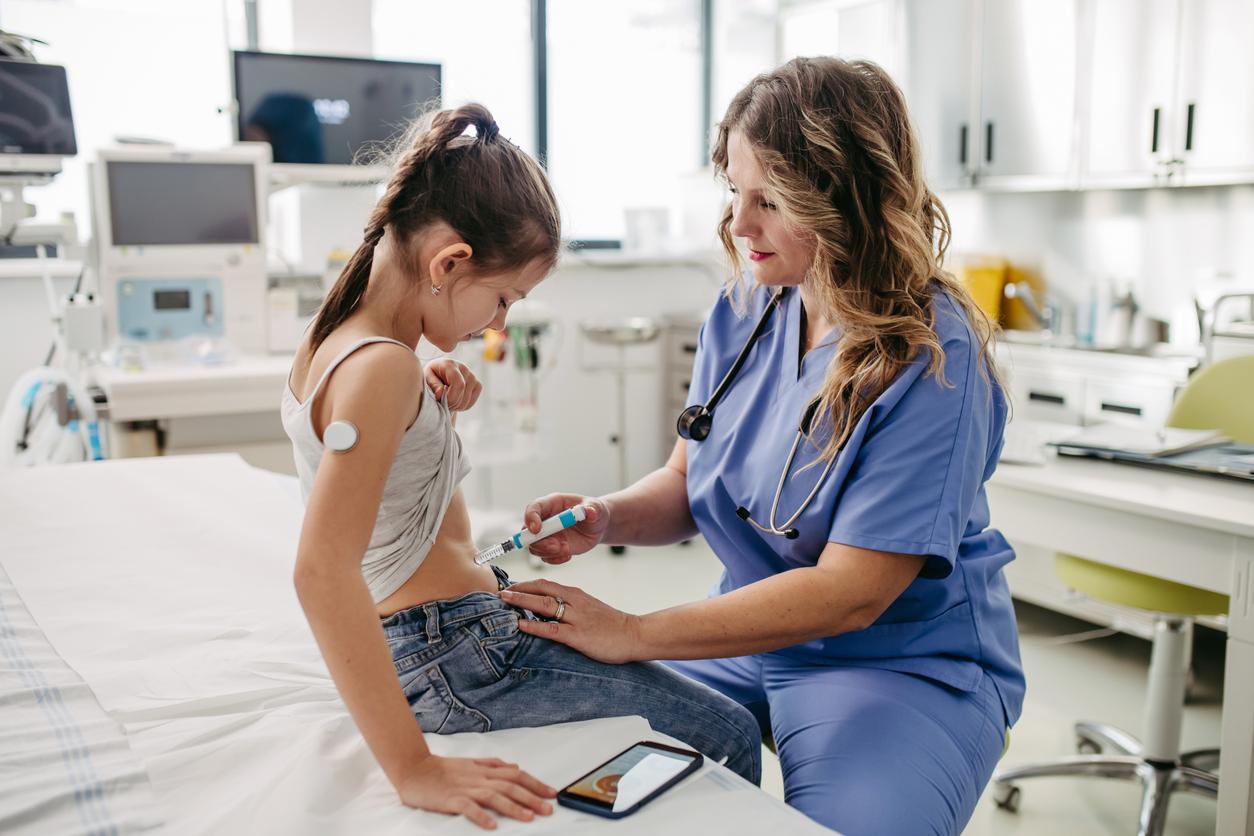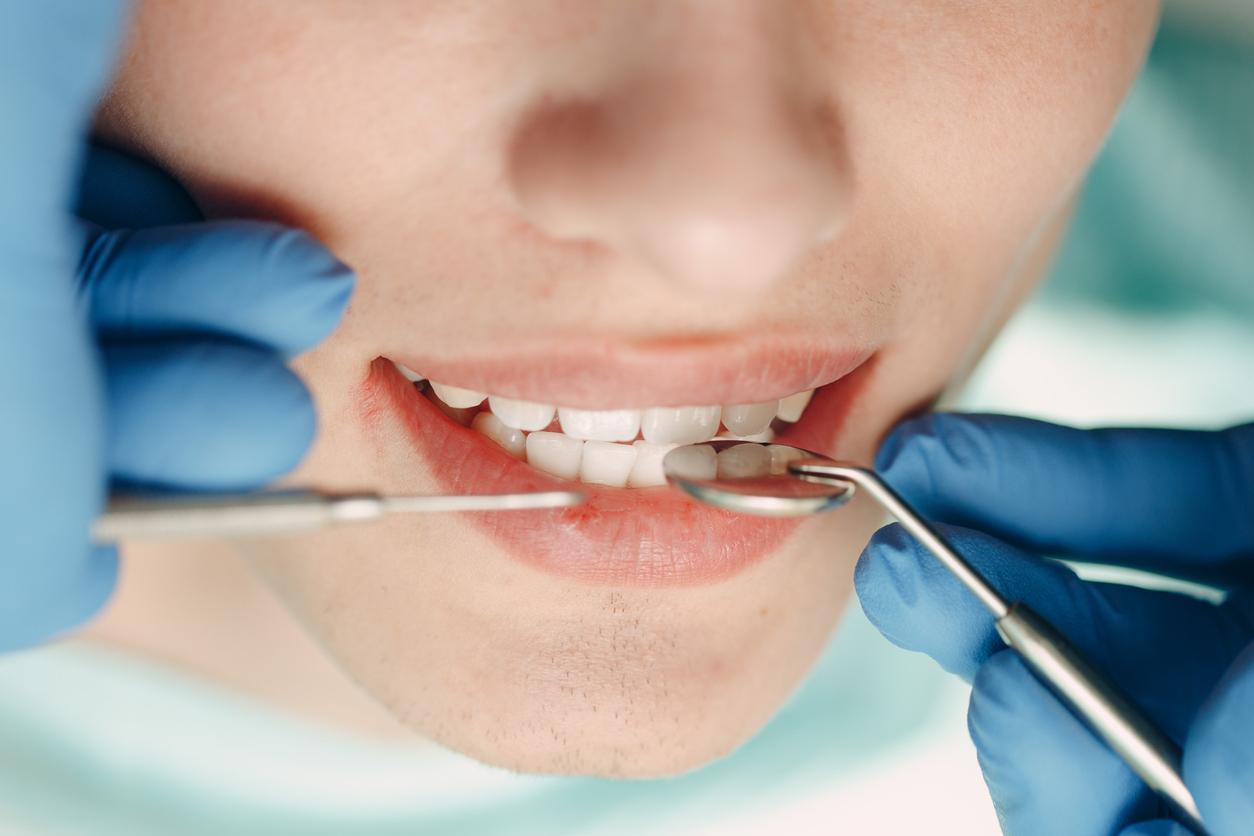A new continuous blood glucose monitoring device containing a sensor implanted in the arm of adolescents with type 1 diabetes (T1D) has been in continuous operation for 180 days, revealed by a study at the US Congress of Diabetology. It provided an accurate measurement of glucose without major side effects. A considerable advance for the quality of life.

Major medical congresses like the one devoted to diabetes, the ADA, the American congress for the specialty which is being held this week in Orlando (Florida), is not only interested in new drugs, but also in how to use them. administer. This is particularly important in this disease for which most patients have to prick themselves several times a day. To inject their dose of insulin but also to check a blood sample that the treatment is effective. The level of glycemia, the sugar in the blood, varies enormously depending on the diet and physical exertion. A real puzzle for teenagers who love to move and snack! Continuous glucose monitoring allows people with T1D to constantly measure whether their blood sugar is going up or down and the rate at which the changes are occurring. Current devices require reinsertion of the monitoring sensor every one or two weeks using a procedure that can be uncomfortable or painful.
The Eversense XL system uses a fully implantable sensor that stays under the skin of the arm for six months. The system also incorporates a lightweight, water-resistant transmitter, which is worn on the skin by the sensor and facilitates glucose reading calculations which are displayed via a mobile app on iOS and Android and can also be viewed on Apple Watch. .
The transmitter can be removed and replaced on the sensor at the user’s discretion, and it provides a vibrating “on-body” alert for low and high glucose readings.
Two previous studies had shown that the technology was safe and effective, and that the device was precise.
The study presented at the ADA convention yesterday in Orlando was the first to study safety and effectiveness, over 180 days, in a population primarily of adolescents with T1D.
The study was conducted in Canada and included 36 patients – 30 adolescents (mean age 14) and six adults (mean age 32) – with T1D. Participants were then assessed monthly with a one-day clinical visit during which multiple blood samples were taken to measure glucose levels and to verify device accuracy.
The researchers concluded that the system is accurate and safe for teens over a period of 180 days, and were impressed by how quickly CGM use has become a part of the family life of these teens. They were sports freaks for the most part, and especially grateful that the implanted sensor and handheld transmitter were not affected by their sports equipment. Parents of teens expressed their own appreciation for their newfound ability to be more aware of their children’s glucose levels.
.
















